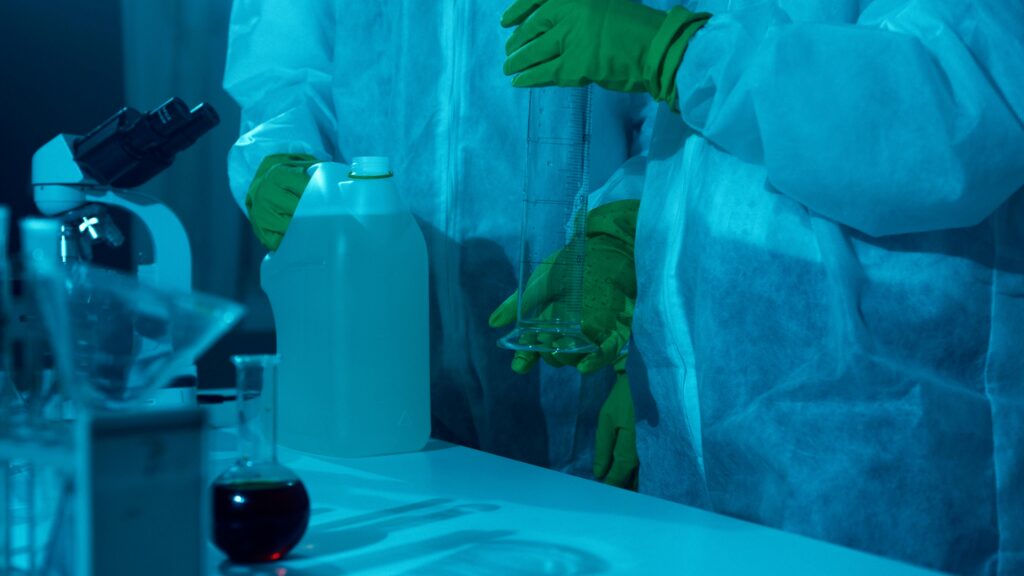Mold Analysis Kit: The Ultimate Guide to Detecting Mold at Home

To tackle mold issues at home, a mold analysis kit is an essential tool in your DIY mold-remediation toolkit. Mold kits come in various types, including air mold test kits, black mold test kits, and mold spore test kits. They can help identify mold presence and its type, helping you take necessary action. Here’s an overview of the key types of kits available and how they can help you detect mold:

Different Types of Mold Kits
1 – Air Mold Test Kit: These are used to detect airborne mold spores. They are highly effective for detecting hidden mold that may not be visible but can still be harmful to your health. They work by capturing air samples which are then analyzed in a lab.
2 – Black Mold Test Kit: Specifically designed to detect the notorious and harmful black mold (Stachybotrys chartarum), these kits often require samples to be sent to a lab for accurate identification. They are essential when you suspect toxic mold in your home.
3 – Mold Spore Test Kit: This kit detects the presence of mold spores, which can be invisible to the naked eye. By collecting samples from the air or surfaces, it helps determine the concentration and type of spores present.
4 – DIY Mold Test Kit: If you’re looking for a quick, cost-effective solution, DIY kits such as the mold mildew test kit or household mold test kit allow you to conduct the test yourself. These usually involve surface swabs or settling plates for collecting samples.

How Do Mold Kits Work?
Mold test kits typically involve collecting samples either from surfaces (swab or tape method) or air (using a petri dish or cassette system). Some kits, like the airborne mold test kit, capture spores in the air and provide an accurate analysis after sending the samples to a laboratory
. Others, like the mold test kit nearby, might be more basic and indicate the presence of mold without detailed results. These are often cheaper and serve as an initial alert to the presence of mold.
What’s the Difference Between DIY and Professional Kits?
DIY kits are user-friendly and typically involve simpler methods like swabbing or using a mold test kit with chemical strips. They are great for general detection and quick checks. However, for more precise results, professional mold test kits or an electronic mold detector are the way to go. These advanced tools often involve sophisticated equipment to test air quality and mold concentration accurately
When in doubt, always consult a mold expert to analyze your findings.
How Long Does Mold Testing Take?
Mold testing typically takes a few days, depending on the method used. Some kits provide quick results, while others, especially those that require lab analysis, may take a week or longer to deliver final results. It’s important to be patient and follow the instructions carefully to ensure accuracy.
Finding the Right Mold Test Kit Near You
If you’re looking to buy a mold test kit near me, various online and physical stores offer a range of options, from cheap mold testing kits to professional-grade equipment. Always check the product details to ensure it fits your specific needs.
The Bottom Line
Mold testing kits are an excellent starting point for detecting mold problems early. Whether you’re using a DIY mold test kit, an air quality mold test kit, or a black mold home test kit, the important thing is to act swiftly. If your at-home test kit detects mold, it’s always best to contact a professional mold remediation service for further analysis and treatment.
For more detailed mold remediation services and tips, check out our website here.